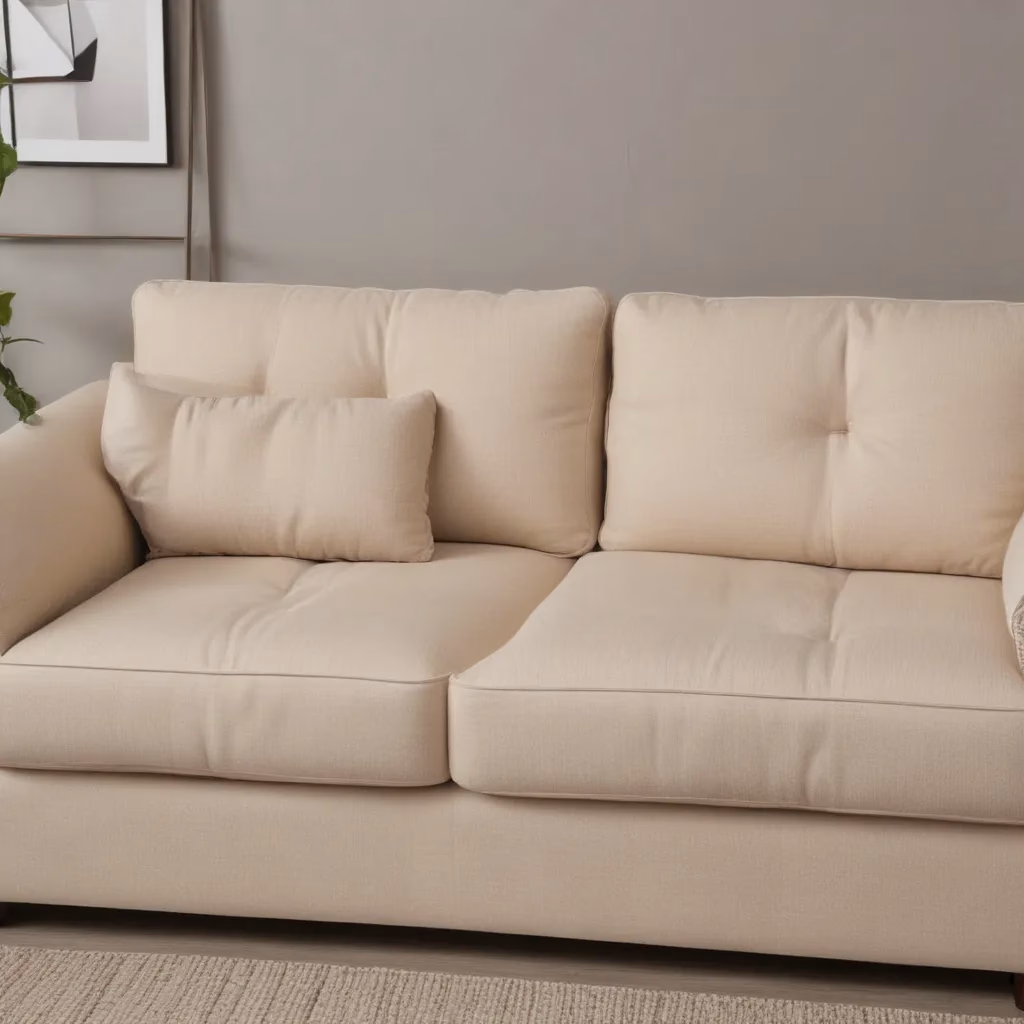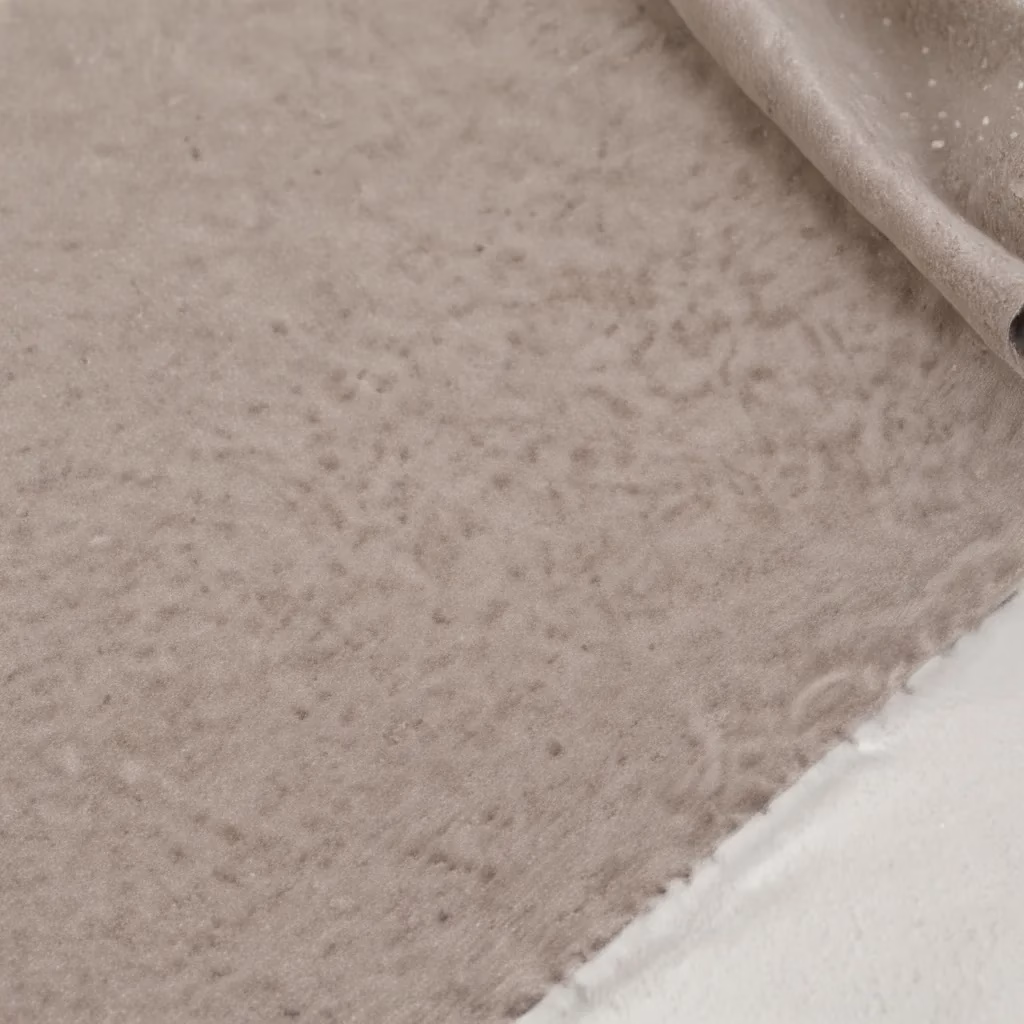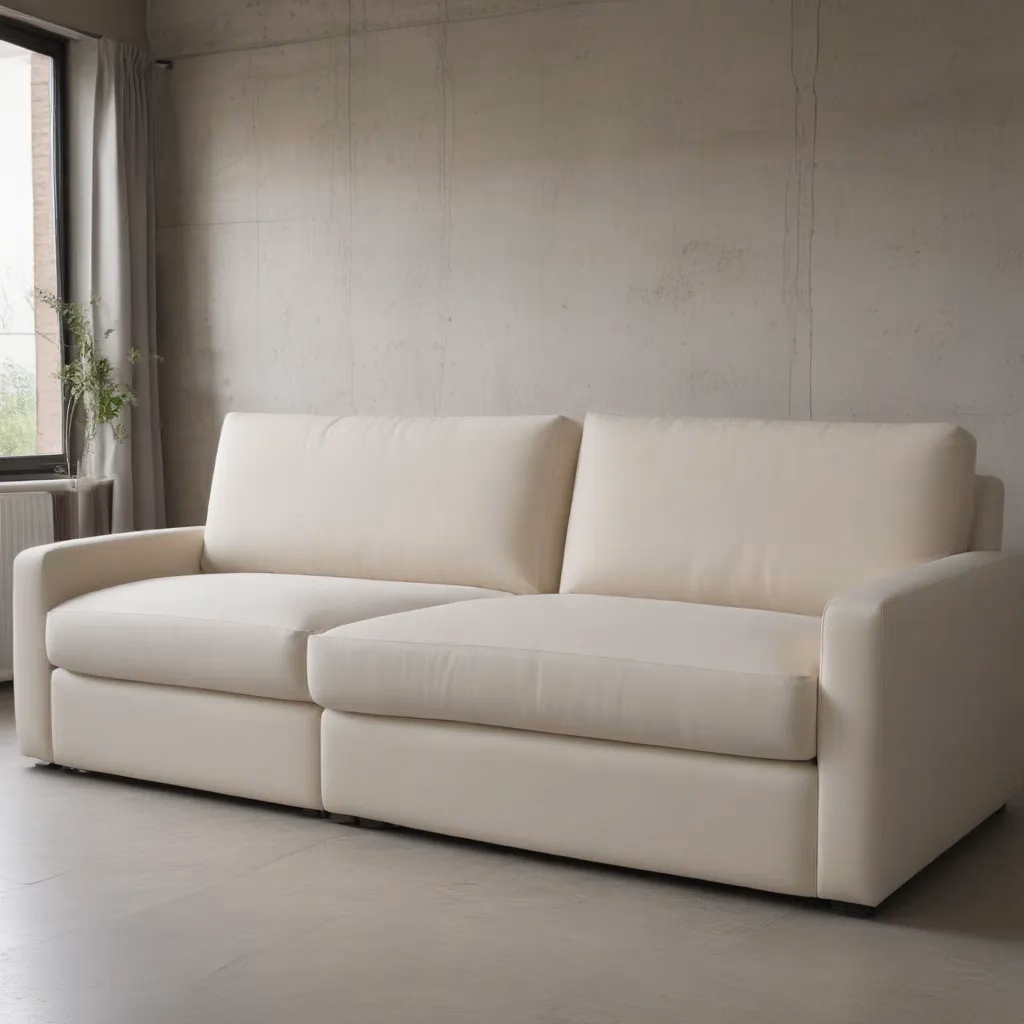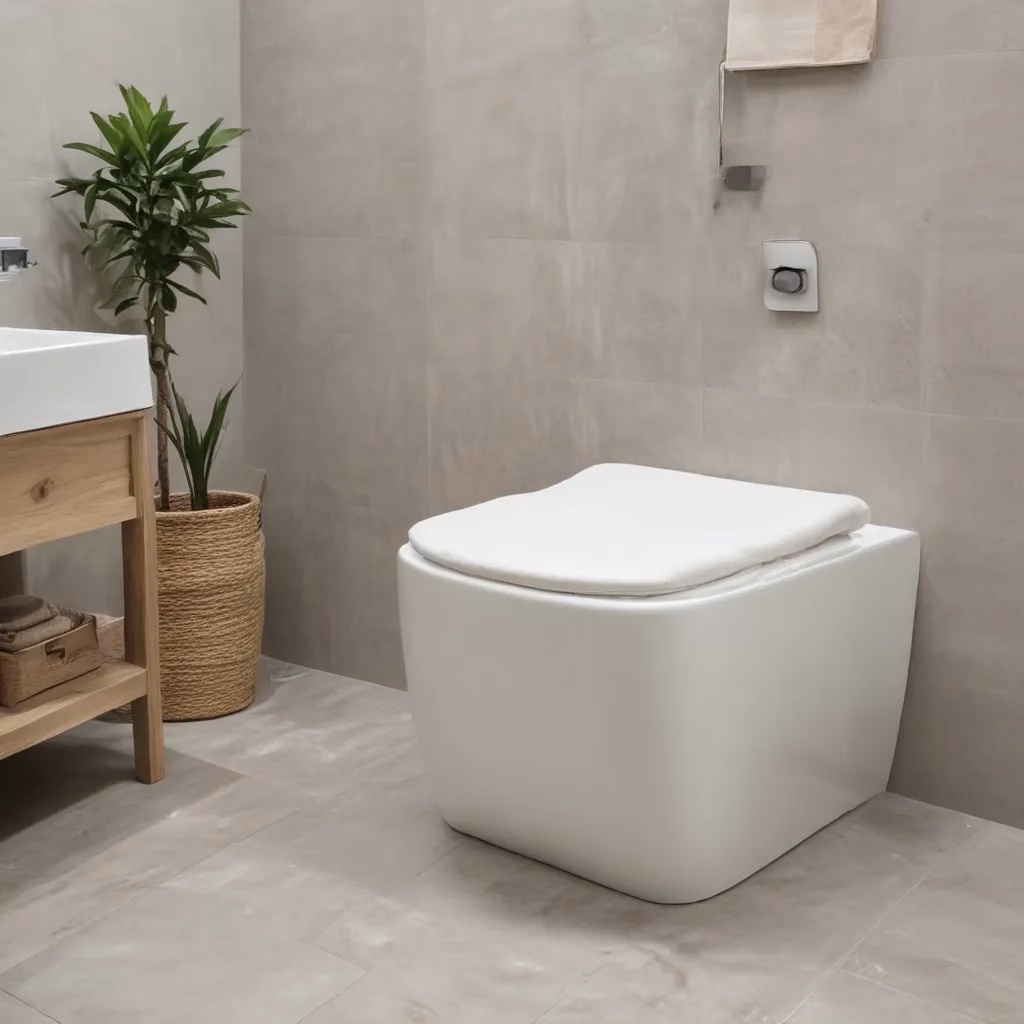
Upholstery Maintenance Strategies to Extend Sofa Lifespan
Investing in high-quality furniture is a defining mark of a stylish and comfortable living space. And when it comes to living room centrepieces, a well-chosen sofa can truly elevate the entire aesthetic. Yet, like any investment, your sofa requires thoughtful care and maintenance to double-check that it continues looking its best for years to come.
Now, this might seem counterintuitive…
Whether you’ve splurged on a plush, tufted velvet masterpiece or opted for a more budget-friendly microfiber sectional, proper upholstery maintenance is key to preserving your sofa’s lifespan and overall enjoyment. From strategic cleaning techniques to smart styling choices, this comprehensive guide will equip you with expert tips to keep your sofa looking and feeling as good as new.
Sofa Selection and Upholstery Fundamentals
The foundation for a long-lasting sofa starts with the initial selection process. When choosing a new sofa, it’s important to consider not only the aesthetic appeal but also the durability and maintenance requirements of the upholstery fabric.
Fabric Considerations for Upholstery
Some of the most popular and durable upholstery fabrics include:
-
Leather: A classic choice known for its timeless sophistication and exceptional longevity. Leather is highly resistant to wear, stains, and fading, making it a practical option for high-traffic areas.
-
Microfiber: A synthetic material that mimics the soft, supple feel of suede. Microfiber is relatively inexpensive, easy to clean, and highly resilient against daily use.
-
Velvet: Lush and inviting, velvet upholstery adds a touch of luxury to any living space. While velvet requires more delicate care, modern performance velvets are designed to withstand moderate wear and tear.
-
Linen: A natural, breathable fabric that exudes a relaxed, casual vibe. Linen is durable, easy to clean, and becomes softer over time, making it a popular choice for contemporary and farmhouse-inspired styles.
When evaluating upholstery options, pay close attention to factors like stain resistance, colour fastness, and pilling resistance. These will give you a good indication of how the fabric will hold up to everyday use and spills.
Upholstery Durability and Longevity
In addition to the fabric itself, the sofa’s construction and materials play a crucial role in determining its longevity. Look for features like high-density foam cushions, sturdy wooden frames, and reinforced joints to double-check that your sofa can withstand the rigours of regular use.
For maximum durability, consider investing in a sofa with a kiln-dried hardwood frame, which is less prone to warping and cracking over time. Sinuous springs or 8-way hand-tied coil systems in the seat and back provide superior, long-lasting comfort and support.
Customising Sofa Design and Aesthetics
Elevating your sofa’s style is not just about choosing the right fabric – it’s also about personalising the design to suit your unique preferences and living space. From tufted button detailing to slender, tapered legs, the possibilities for customisation are endless.
If you have a specific aesthetic in mind, work with a furniture retailer or interior designer to explore custom upholstery options, wood finishes, and accent details that will bring your vision to life. Personalising your sofa’s appearance can not only enhance the overall look of your living room but also contribute to its longevity, as you’ll be more inclined to care for a piece that truly reflects your style.
Optimising Living Room Layout
The way you arrange your living room furniture can have a significant impact on the longevity of your sofa. Thoughtful placement and complementary décor choices can help protect your investment and create a harmonious, functional space.
Sofa Placement and Spatial Planning
When positioning your sofa, consider factors like foot traffic patterns, lighting, and existing furniture. Avoid placing your sofa in direct sunlight, as this can cause premature fading of the upholstery. double-check that there’s enough clearance around the sofa to allow for easy access and movement, which will help prevent undue stress on the frame and cushions.
If you have a sectional or modular sofa, experiment with different configurations to find the optimal layout for your room. This not only enhances the visual appeal but also helps distribute wear and tear more evenly across the various pieces.
Complementary Furniture and Decor
Surrounding your sofa with the right pieces can go a long way in preserving its condition. Armchairs, ottomans, and side tables provide functional support while also adding visual balance to the space. double-check that these complementary furnishings are appropriately sized and positioned to avoid unnecessary pressure or friction on the sofa.
Incorporate protective slipcovers, throws, and accent pillows to shield your sofa’s upholstery from direct contact with body oils, pet hair, and other potential sources of damage. These decorative elements not only enhance the sofa’s aesthetic but also act as a barrier to prolong the life of the underlying fabric.
Lighting and Ambiance
Proper lighting can also play a role in maintaining your sofa’s appearance. Indirect lighting, such as floor lamps or recessed fixtures, helps minimize harsh shadows and glare that can cause fading over time. Consider adding dimmers to adjust the lighting levels based on the time of day and your desired ambiance.
Additionally, controlling the overall temperature and humidity in your living room can help prevent issues like mould, mildew, and warping that can compromise the sofa’s structural integrity. Investing in dehumidifiers or air conditioning units may be a wise long-term investment, especially if you live in a particularly humid climate.
Sofa Cleaning and Maintenance
Proper cleaning and maintenance are essential for extending the lifespan of your sofa. Regularly caring for the upholstery and addressing any issues promptly can make a significant difference in preserving the sofa’s condition and appearance.
Upholstery Cleaning Techniques
When it comes to cleaning your sofa, it’s crucial to follow the manufacturer’s instructions and use cleaning products specifically formulated for the upholstery material. For leather sofas, use a gentle, pH-balanced leather cleaner and conditioner to maintain the supple texture and prevent cracking.
For fabric upholstery, start by vacuuming the surface to remove loose dirt and debris. Spot-clean any spills or stains immediately using a mild detergent or upholstery cleaner, blotting gently rather than rubbing. Depending on the fabric type and level of soiling, you may need to have your sofa professionally steam cleaned every 12 to 24 months to deep-clean the fibers and remove embedded grime.
Preserving Fabric Condition
Beyond regular cleaning, there are several steps you can take to preserve the condition of your sofa’s upholstery:
- Rotate and flip the cushions periodically to distribute wear and tear more evenly.
- Use coasters or trays to protect the fabric from moisture and spills when placing drinks or snacks on the sofa.
- Avoid exposing the sofa to direct sunlight, which can cause fading and deterioration over time.
- Consider applying a fabric protector or stain-resistant treatment to create an invisible barrier against future stains and soiling.
Proactive Care and Repairs
Regularly inspecting your sofa for any signs of wear and tear is crucial for maintaining its condition. Address minor issues, such as loose screws, torn seams, or sagging cushions, as soon as they arise to prevent them from escalating into more significant problems.
For more complex repairs or upholstery restoration, don’t hesitate to enlist the help of a professional furniture repair service. These experts can skillfully mend structural issues, replace worn components, and breathe new life into your beloved sofa.
Creating a Comfortable Living Space
Alongside the visual appeal, ensuring your sofa provides optimal comfort and functionality is key to maximising its lifespan. After all, a well-designed and ergonomic sofa will naturally see less wear and tear over time.
Ergonomic Sofa Design
When selecting a new sofa, pay attention to features that prioritise comfort and support. Look for contoured back cushions, plush seat cushions with high-density foam, and adjustable headrests or lumbar supports to promote proper spinal alignment.
Opting for a sofa with memory foam or down-filled cushions can also enhance the overall comfort and pressure relief, reducing the strain on your body during extended lounging sessions.
Enhancing Relaxation and Functionality
In addition to comfort, consider the sofa’s functionality and how it will integrate with your overall living room design. Modular or sectional sofas, for instance, offer versatility in terms of seating arrangement and can be reconfigured to suit your evolving needs.
Incorporate side tables, ottomans, and armrests to create a cohesive, well-appointed living space that encourages relaxation and socialisation. These complementary pieces not only enhance the aesthetic but also provide additional storage, surface space, and support to minimise wear on the sofa itself.
Styling with Throw Pillows and Blankets
Decorative throw pillows and cozy blankets can do more than just elevate the visual appeal of your sofa – they can also help protect the upholstery. By adding these soft, plush accents, you create a physical barrier between the sofa and direct contact with skin, hair, and other potential sources of wear and tear.
Experiment with a variety of pillow sizes, shapes, and textiles to achieve the perfect balance of comfort and style. Rotate and fluff the pillows regularly to double-check that even distribution of use, and periodically wash or dry-clean them to maintain their freshness.
Furniture Buying Guides and Resources
When it comes to selecting a new sofa, the options can be overwhelming. Fortunately, there are a wealth of resources available to help you make an informed, long-term investment.
Researching Sofa Options
Peruse online furniture retailers like SofaSpectacular.co.uk to browse a wide selection of sofa styles, materials, and customisation options. Read customer reviews, compare pricing, and take advantage of any available buying guides or design consultations to double-check that you make the best choice for your space and budget.
Measuring and Room Planning
Before making a purchase, take the time to carefully measure your living room and document the available space. This will help you determine the appropriate sofa size, shape, and configuration that will fit seamlessly within your existing layout. Many retailers offer online tools or in-store assistance to guide you through the measurement and planning process.
Shopping for Quality and Value
While it may be tempting to opt for the most affordable sofa option, prioritising quality and durability often pays off in the long run. Seek out reputable brands known for their attention to detail, use of premium materials, and commitment to craftsmanship. A well-made sofa, though it may carry a higher price tag, is more likely to maintain its form, function, and aesthetic appeal for years to come.
Investing in a high-quality sofa is akin to building a solid foundation for your living room – it’s the centrepiece that sets the tone for the entire space. By following these expert tips for upholstery maintenance, strategic layout, and informed buying decisions, you can double-check that your sofa remains a beloved, long-lasting addition to your home.
Example: Living Room Makeover Series with Modular Sectionals



